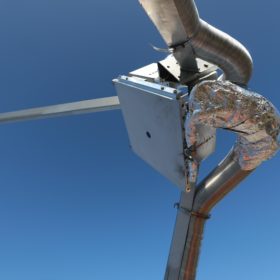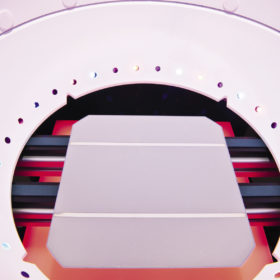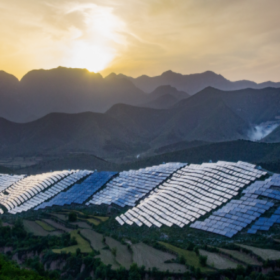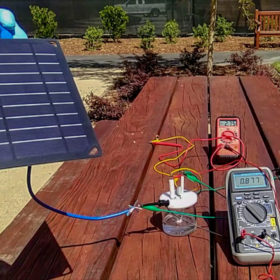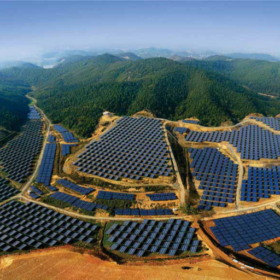Scientists concentrate on efficient hydrogen production
Researchers from the Laboratory of Renewable Energy Science and Engineering at Switzerland’s Ecole Polytechnique Federale de Lausanne have developed a device which they say could “provide a pathway for device scalability aimed towards the large scale deployment of photo-electrochemical hydrogen production”.
Scientists make an exciton organic PV discovery
Researchers at the U.S. Department of Energy’s Lawrence Berkeley Laboratory have found a mechanism for creating a charge in molecular materials. The findings, say the team, could lead to new approaches in the design of PV devices.
The weekend read: Quality on the line
With competition on the module market as cutthroat as ever, manufacturers are increasingly looking to emphasize the quality and reliability of their products and services as a differentiator. pv magazine investigates what’s behind some of these claims, and the move from manufacturers to more sophisticated quality assurance methods.
GCL-Poly posts $68m net loss for 2018
Chinese polysilicon giant GCL-Poly Energy today posted its financial results for the full year 2018. The company saw a loss of RMB 458.4 million ($68.3 million), which it attributes primarily to China’s 31/5 policy.
MIT develops ‘hybrid’ cathode for smaller, lighter batteries
Scientists at MIT have developed a new type of “hybrid” cathode for lithium batteries, which they say could increase their energy density beyond that of current commercial lithium-ion battery designs.
Perovskites: A solar scientist’s bread and butter
University of Groningen in the Netherlands is adding its name to the growing list of research institutes that have developed an “industrially scalable” technique for the production of perovskite solar cells. In a separate publication, Russian scientists have reviewed the suitability of one group of perovskite materials for use in space.
Water, water everywhere, nor any drop to… split?
Researchers at Stanford University have developed a type of electrode which is highly resistant to salt corrosion, therefore allowing them to produce hydrogen using seawater. Applied at a larger scale, this development could potentially cut the cost of power-to-gas applications by greatly increasing the amount of water available.
JinkoSolar shipped 11.4 GW of modules in 2018
Chinese module manufacturing giant JinkoSolar today published its financial results for the full year 2018. While the company achieved an impressive 16% growth in shipments over the previous year, its total revenue took a 5.4% hit compared to 2017, thanks to falling module prices throughout the year.
BIPV in Europe: More than just a facade
The renowned PV-Lab at Switzerland’s École Polytechnique Fédérale De Lausanne today announced that it has taken on the role of coordinator for the EU funded research project ‘Be-Smart’, which aims at developing a European industry for building integrated PV components.
Supercomputer scientists dye-ing to test new cell materials
Researchers from the U.S. Department of Energy’s Argonne National Laboratory, working with Cambridge University, programmed a ‘supercomputer’ to narrow down a list of almost 10,000 materials with the potential to be used in dye-sensitized solar cells to just five that fit their parameters for high performance, low cost and low environmental impact.

